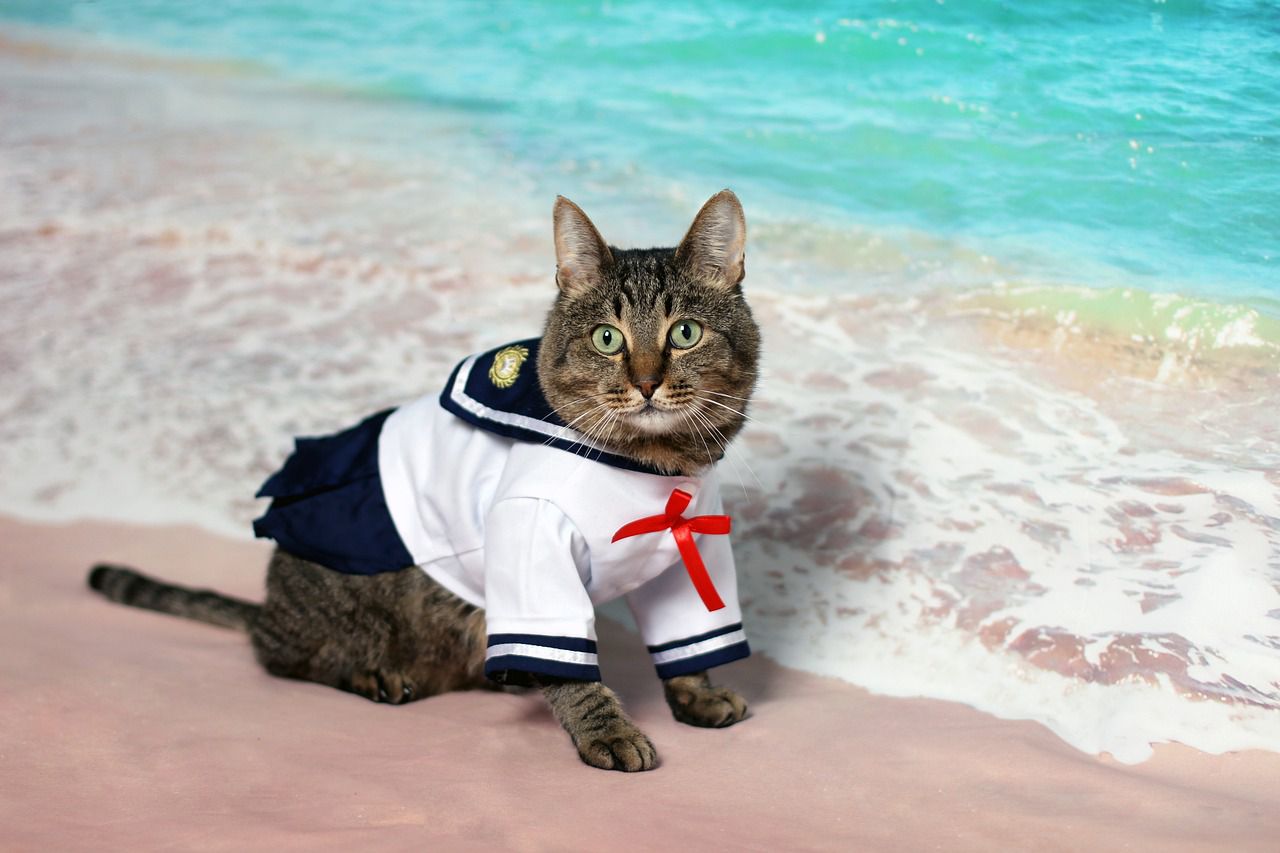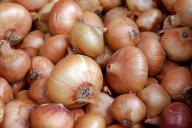People need animals for many reasons, and they need them in different situations, including sea travel.
Sailors had to take different animals on board with them - not only as food, but also as companions and friends.
Here are a few examples of how animals helped people in sea travel.

Food Source
Livestock such as cows, pigs, goats, and chickens were often brought on board as a source of fresh meat, milk, and eggs.
These animals provided sustenance for the crew during long journeys when it was difficult to preserve food for extended periods.
Transporting Cargo
Animals like horses, mules, and oxen were valuable for moving heavy cargo both on and off the ship.
They could be used to pull carts or wagons to transport goods from the ship to the shore, especially in areas with limited infrastructure.
Labor
Animals could be used for labor-intensive tasks on the ship itself, such as turning capstans, which were used to raise heavy anchors and move cargo.
They could also be put to work on shore during stops along the voyage.
Rat Control
Cats were often brought on board ships to control the population of rats and mice.
Rodents were a common problem on ships, as they could damage food supplies and spread disease.
Companionship
Animals provided companionship and comfort to sailors during long and often lonely voyages.
They could help reduce the stress and isolation of life at sea.
Trade and Barter
Animals could also be used as trade goods at the destination or along the voyage route.
Sailors could exchange livestock for other valuable commodities, such as spices or textiles.
Conclusion
We can't imagine our everyday life without animals, and people of the past valued animals even more than we do now.












